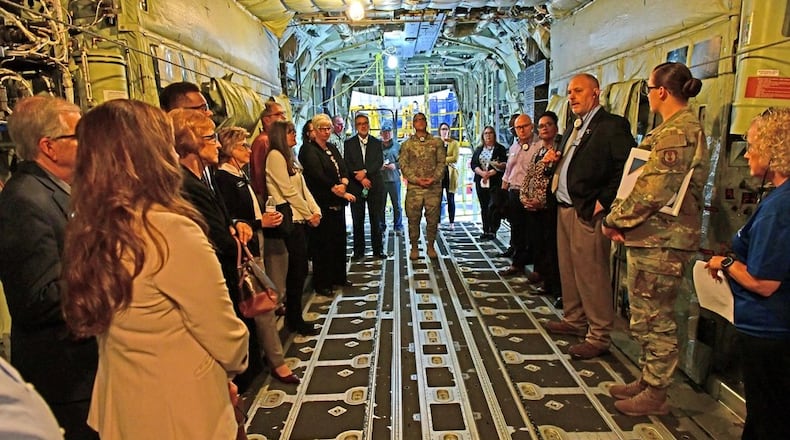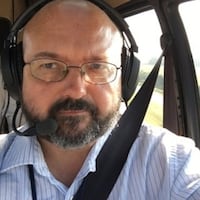“I see this as historic for this command, with its civilian workforce,” Kathy Watern, AFMC director of manpower, personnel and services, said in a new interview.
“I do think we are making history,” said Amanda Stroop, AFMC personnel demonstration programs branch chief.
AFMC’s workforce, which is headquartered at Wright-Patt, makes up more than half of the Department of Defense acquisition workforce.
There are 7,552 AcqDemo-classified employees at Wright-Patterson, where more than 13,100 AFMC employees work.
Acquisition employees form a specialized cadre of workers, buying things the government has never bought before, dealing with Artificial Intelligence and facing more profound threats, as the United States focuses on China.
Under AcqDemo, good employees should thrive, receiving annual bonuses and higher average annual salaries than their GS counterparts, advocates have argued.
Within the last year, AFMC leaders have spoken with thousands of employees in more than 18 town hall meetings to answer questions about the transition.
“It was great,” Watern said. “Honestly, sometimes change can be hard for a workforce.”
But communication and an effort to dispel misunderstandings proved to be key, she said. The conversion to AcqDemo took a lot of work, but it was worthwhile, say those involved.
Today, there are 42,136 employees under the AcqDemo system. That represents about 62% of the AFMC civilian workforce.
AFMC began advertising and filling eligible vacant bargaining unit positions under the “AcqDemo” classification in October 2024.
But the idea behind this is much older. There have been discussions about moving the military acquisition workforce into AcqDemo since at least the mid-1990s.
The GS classification system has been around since 1949. The system can be seen as providing a ranking for civilian employees, with a GS-12 sometimes being seen as roughly equal to a captain, for example, or a GS-15 equal to a colonel.
The idea of moving to AcqDemo is to attract and retain top talent “using 21st century hiring tools and techniques,” Lorna Estep, AFMC executive director, said in a memo last year.
“It is a different workforce than maybe what a lot of people think,” Watern said. “Highly specialized.”
The Air Force is competing for top talent, seeking people who might work for Boeing, Northrop Grumman or even Wall Street.
Watern says there are times when the Air Force requires “immediate talent.” She pointed to the example of Kessel Run, an Air Force “software factory.”
In her work recruiting for Boston-based Kessel Run, Watern found herself vying for the attention of a Wall Street data architect and other highly talented people. (And she said she was able to hire that data architect.)
“You’re not taking a junior person out of college,” she said.
The Air Force needs to offer higher rewards faster for those who may not wish to stay with the government for their entire careers, Watern and Stroop said.
“It really changed my whole perspective on hiring government employees,” Watern said of her experience recruiting for Kessel Run.
AcqDemo allows the Air Force to pay based on contribution to the mission, Stroop said.
Not all positions are eligible for the AcqDemo transition. Stroop estimated that about 3,200 additional employees eventually be moved to the new system.
The goal is move 100% of those ”who are eligible," Watern said.
About the Author


